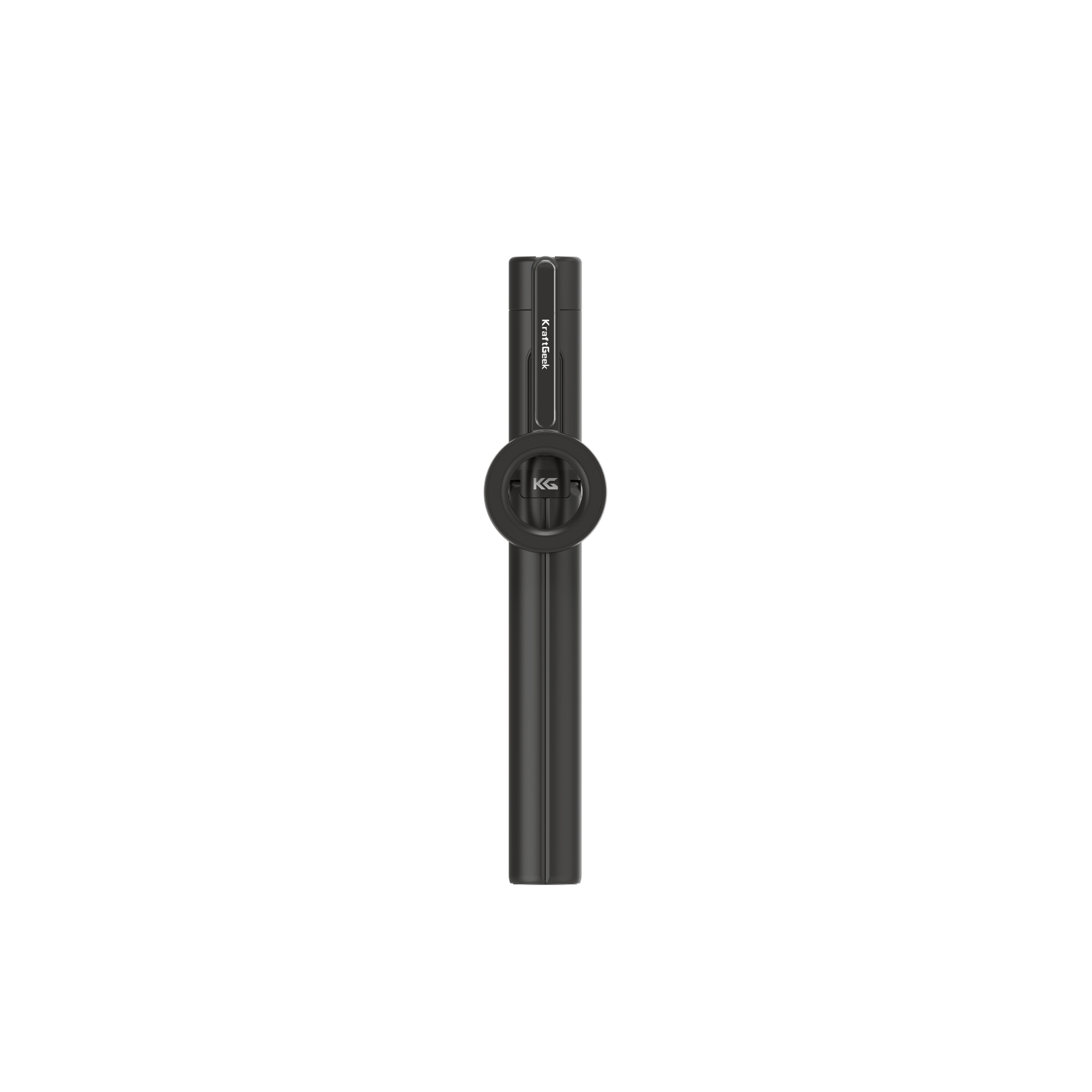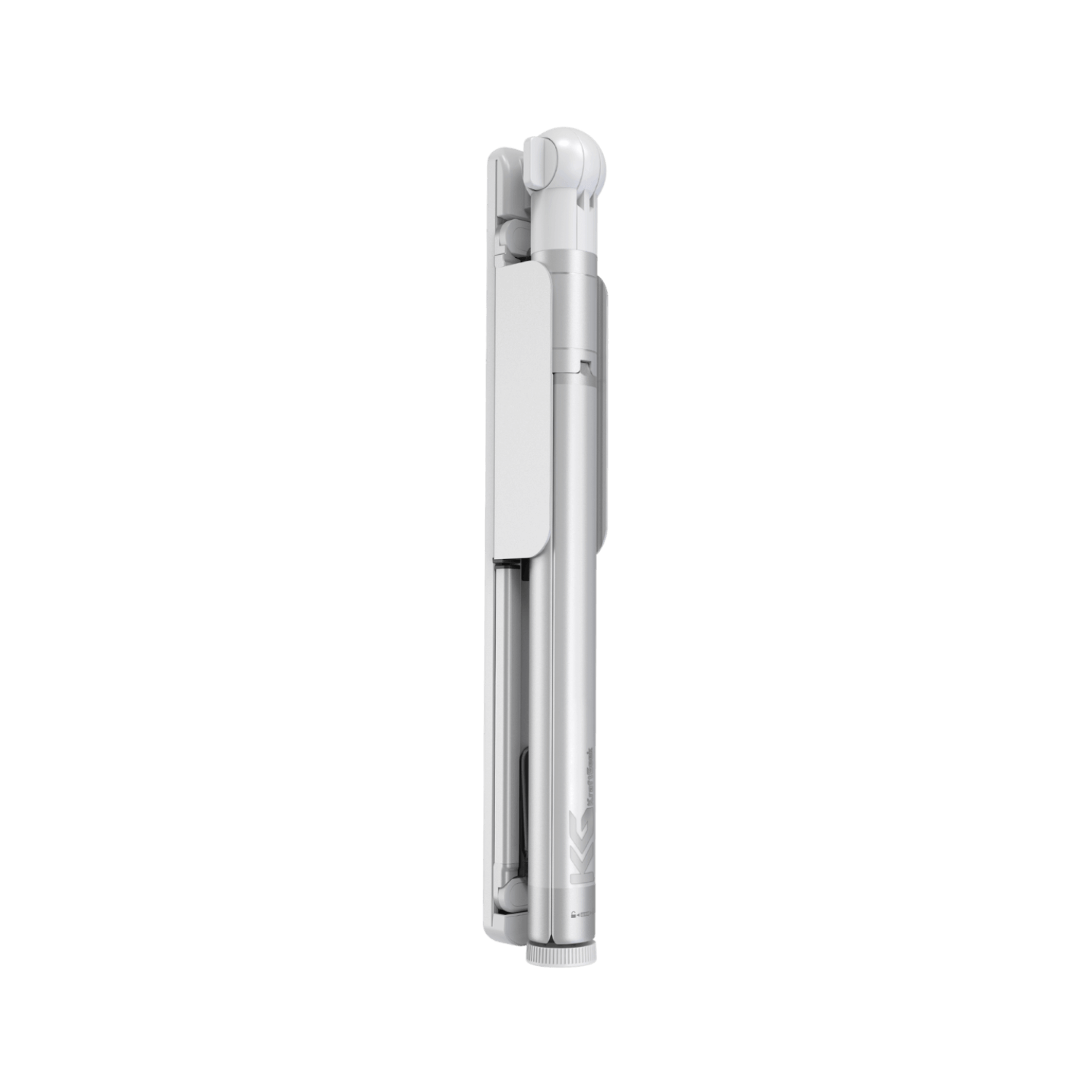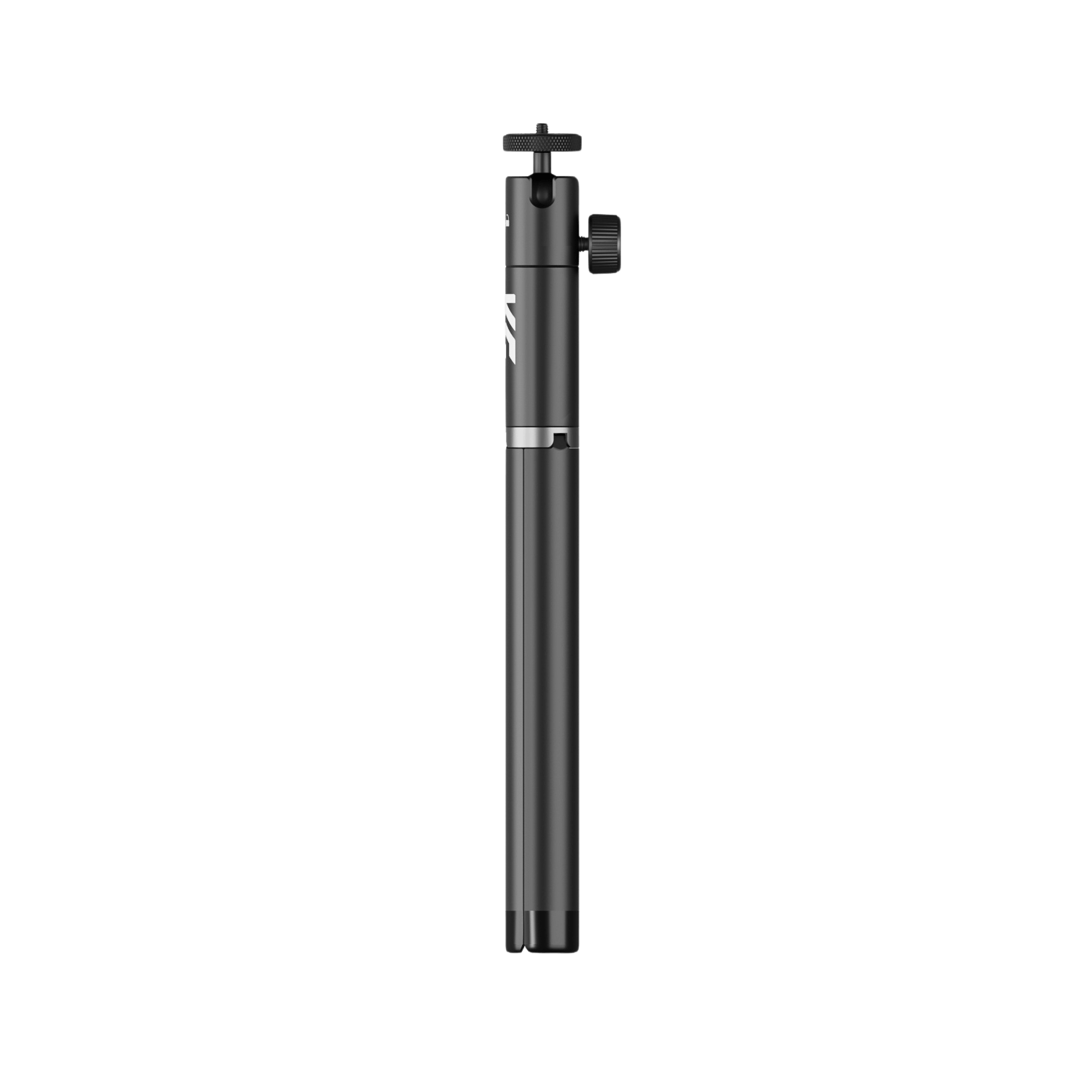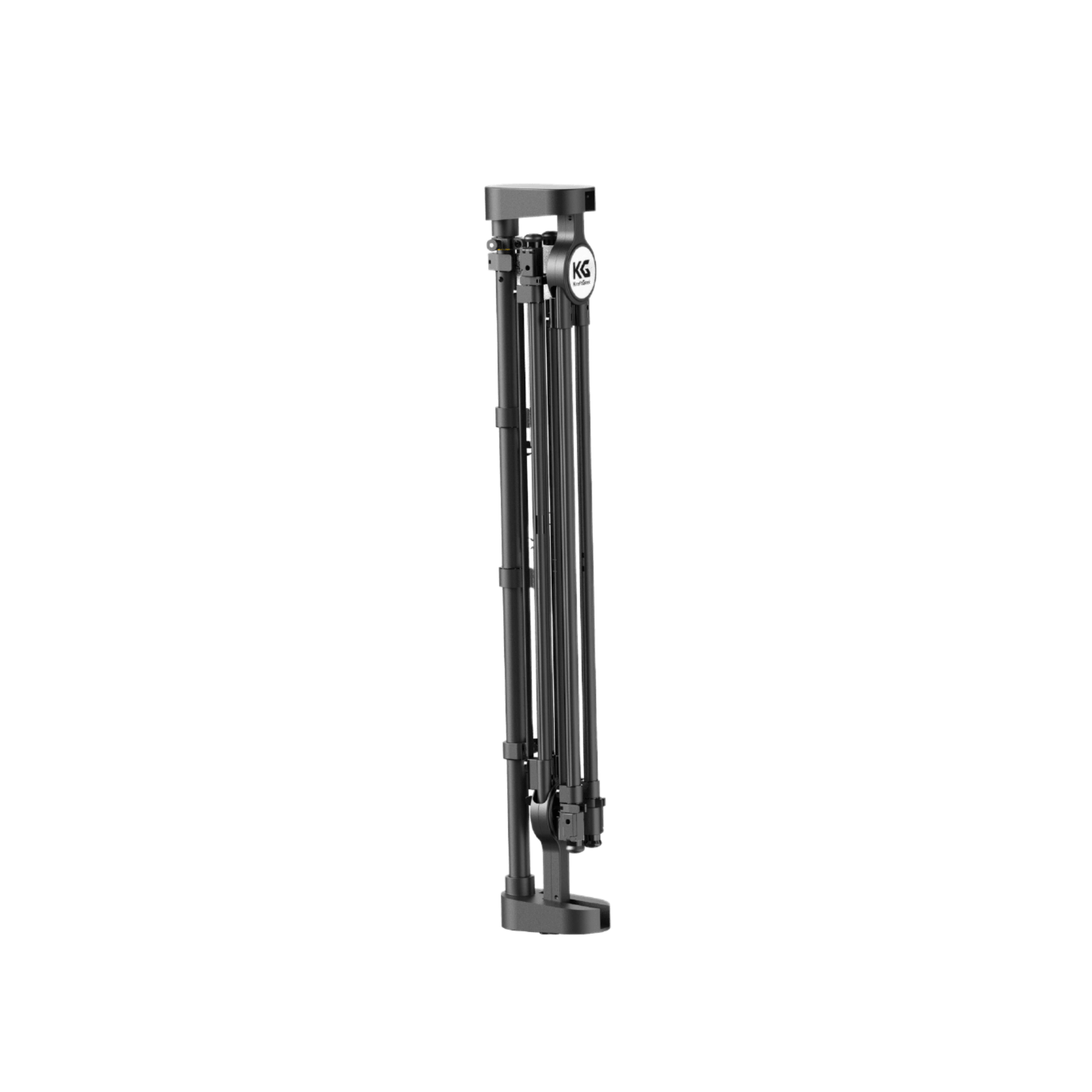Back and neck pain frequently interfere with one's enjoyment of playing the guitar. Long periods of repetitive strumming, plucking, and fretting produce muscle and neck tension. This stiffness or pain can eventually progress to more serious disorders, such as muscular strains or pinched nerves.
How To Maintain A Proper Posture While Playing Guitar
Guitarists can avoid back and neck pain while playing by keeping proper posture. Good posture not only lowers the chance of injury but also improves technique and performance quality.
1. Align Your Spine
Sit or stand up straight without slouching or leaning forward too far. Consider a string linked to the top of your head, gradually pulling upwards to stretch your spine and keep it erect.
2. Position Your Guitar Correctly
Adjust the height and angle of your guitar so that it is natural and pleasant to play. Your guitar should fit comfortably against your body, with the neck at a modest slant for comfortable fretting.
3. Relax Your Shoulders
Relax your shoulders and don't stiffen them up when playing. When playing, stress in the shoulders might cause neck and upper back pain. Roll your shoulders back and down to relieve stress.
4. Bend Your Elbows
Bend your elbows slightly instead of locking them straight. This increases flexibility in the arms and shoulders, minimizing strain.
5. Support Your Arms
Use armrests or cushions to support your arms while playing, especially during longer practice sessions. Supporting your arms reduces fatigue and helps maintain proper alignment.
6. Position Your Feet
Remain seated with your feet flat on the floor, or properly distribute your weight while standing. Avoid crossing your legs or leaning to one side as this causes imbalance and strain on your back.
7. Take Regular Breaks
Take brief breaks between practice sessions to stretch and adapt. Stand up, move around, and gently stretch your back, neck, and shoulder muscles to reduce stress.
8. Use a Mirror or Recording Device
Mirror or film your posture while playing so you may examine it later and discover any areas of strain or improper alignment. Make any necessary modifications.
9. Listen to Your Body
Do you feel uncomfortable or tired when playing? If you feel tightness in your back or neck, modify your posture and relax it before you resume.
Exercises to Prevent Strain When Using Guitar
Regular exercise can help strengthen the back and neck muscles necessary to play the guitar while also calming them. Including focused exercises in your practice sessions can help reduce flexibility loss and improve overall musculoskeletal health.
1. Shoulder Rolls
First, sit or stand with your arms relaxed by your sides. In a circular motion, roll the shoulders forward, then backward. Repeat this motion 10–15 times to relieve tension in the shoulders and upper back.
2. Neck Stretches
- Tilt your head to one side, bringing your ear towards your shoulder.
- Hold for 15-30 seconds.
- Switch sides and repeat.
- Do this 2-3 times on each side to release neck tension.
3. Chest Opener Stretch
Stand up straight, arms extended behind you, and hands behind your back. Lift arms up and back to open the chest and shoulders. Hold for 15-30 seconds and then let go. Repeat 2-3 times to stretch the chest muscles and improve your posture.
4. Seated Spinal Twist
- Sit on chair edge with feet flat on floor.
- Place right hand on outside of left knee.
- Slowly rotate body to the left, looking over left shoulder.
- Hold for 15-30 seconds.
- Return to center and repeat on opposite side.
5. Forearm Flexor Stretch
Extend your right arm in front of you with your palm facing down. Use your left hand to gently press down on your fingers, stretching the muscles in your forearm and wrist. Hold for 15-30 seconds, then switch sides. Repeat 2-3 times on each arm to alleviate tension in the forearm muscles.
6. Seated Cat-Cow Stretch
- Sit in a chair with feet flat on the floor, hands on knees.
- Inhale deeply, arch your back, lift your chest, and tilt pelvis forward (cow posture).
- Exhale, round your back, tuck chin to chest, and pull belly button toward spine (cat posture).
- Repeat 10-15 times for better spine mobility and less back tightness.
7. Wrist Flexor and Extensor Exercises
- Hold a light dumbbell or resistance band with palm up.
- Curl wrist upward (flexion) and then downward (extension) against resistance.
- Repeat each motion 10-15 times to strengthen wrist and forearm muscles.
How To Choose The Right Guitar Equipment
1. Guitar Size and Type
When choosing a guitar, consider the size and type that best suits your body and playing style. A guitar that is too large or heavy can cause discomfort and strain, especially during long practice sessions or performances. Opt for a guitar size and weight that feels comfortable and allows for easy reach of the fretboard and strings.
RELATED: How To Choose The Right Guitar Strings
2. Acoustic vs. Electric
Decide whether an acoustic or electric guitar is more suitable for your needs. Acoustic guitars typically have a larger body and may be heavier, while electric guitars are generally smaller and lighter. Electric guitars also offer the option of playing while seated or standing, which can impact posture and strain levels.
3. Guitar Straps
Choose a comfortable and supportive guitar strap that distributes the weight of the instrument evenly across your shoulders and back. Adjustable straps allow you to customize the length to your preferred playing position, whether sitting or standing. Look for straps with padding or wider designs to minimize pressure points and discomfort.
4. Strap Height and Positioning
Adjust the height and positioning of your guitar strap to promote optimal posture and playing comfort. The guitar should rest at a height that allows for a natural and relaxed arm position, with the neck angled slightly upward for easy fretting. Experiment with different strap lengths and positions to find what works best for you.
RELATED: Ultimate Guide To Hand Position For Guitarists
5. Guitar Accessories
Consider investing in ergonomic guitar accessories, such as cushioned armrests or guitar supports, to further enhance playing comfort and reduce strain. These accessories provide additional support and stability, particularly during extended playing sessions or performances.
Additionally, using a sturdy and adjustable music stand can help maintain proper posture by positioning sheet music or tabs at eye level, reducing the need to hunch over or strain the neck while reading music.
When To Seek Professional Help
If you experience persistent pain, discomfort, or limitations in your mobility while playing guitar, consider seeking advice from healthcare professionals such as physical therapists, chiropractors, or orthopedic specialists. These professionals can assess your condition, provide a diagnosis, and recommend appropriate treatment options to address your specific needs.
Physical therapy can be highly beneficial for guitarists experiencing musculoskeletal issues or injuries. A physical therapist can design a personalized rehabilitation program to improve strength, flexibility, and range of motion, as well as address any imbalances or weaknesses contributing to pain or discomfort.
Recommended Products
Conclusion
Maintaining good back and neck health is essential for guitar players to enjoy a comfortable and sustainable playing experience. By taking proactive steps to care for your back and neck, you can continue to pursue your passion for music with confidence and longevity.









